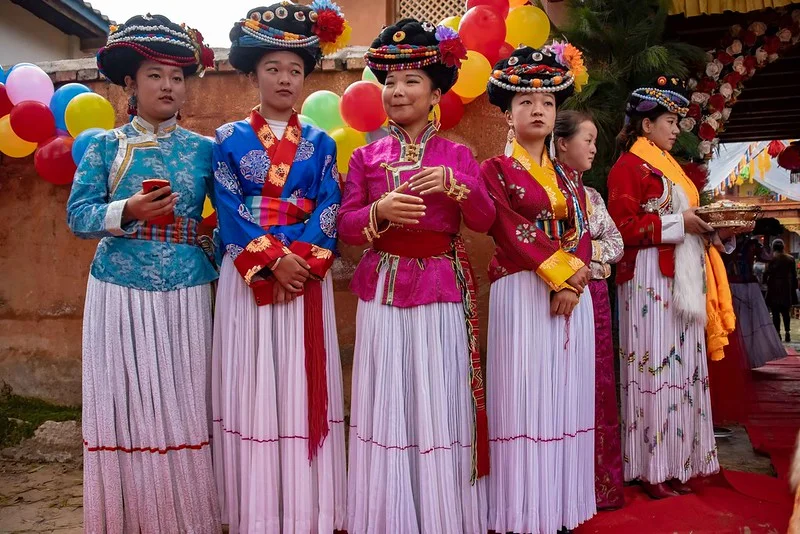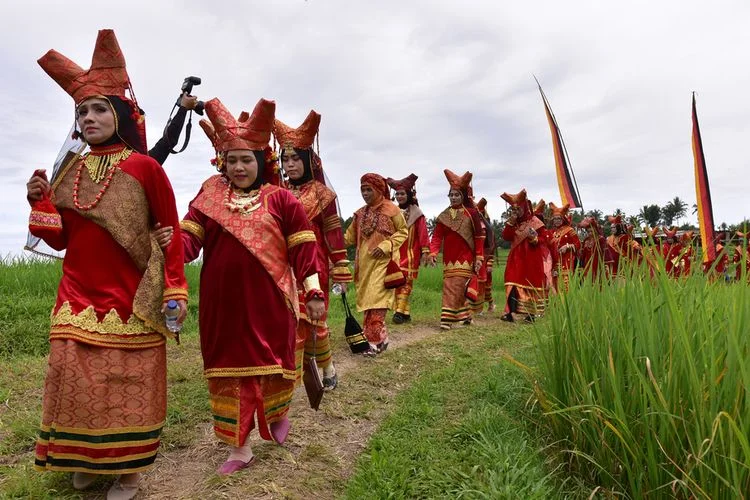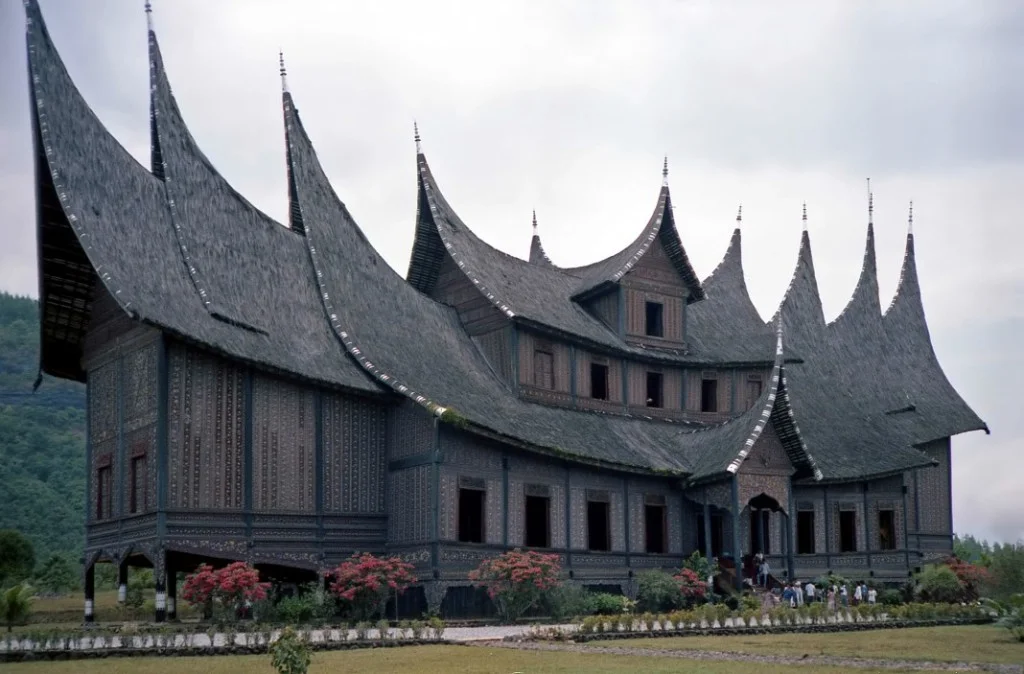For centuries, human societies have been largely organized under patriarchal systems, where men hold primary authority in political leadership, moral authority, property rights, and family lineage. Patriarchy has shaped laws, traditions, and social expectations in most cultures worldwide. However, anthropologists have long been intrigued by certain communities that follow matrilineal traditions, where descent, inheritance, and family identity are traced through the mother’s line. These societies highlight alternative models of kinship and social organization, shifting emphasis from paternal lineage to maternal connections, and in doing so, they challenge the universal dominance of patriarchy.
The women belong to The Mosuo community
(Image source: CHiNOY TV)
In the remote Yunnan and Sichuan provinces of China live the Mosuo people, often referred to as the “Kingdom of Women.” The Mosuo practice a unique form of social organization where lineage and property are passed down through the female line. Unlike conventional marriages, the Mosuo follow the “walking marriage” system. In this arrangement, women may choose their partners freely, and men do not live with their wives but remain in their maternal homes, visiting their partners at night. Children belong to the mother’s household, and uncles, rather than fathers, take responsibility for raising them. This system grants Mosuo women extraordinary autonomy compared to surrounding patriarchal societies. Women manage households, control property, and make family decisions. The core structure of Mosuo society ensures that women remain at the heart of both family and community. This matrilineal culture has earned global recognition for preserving female authority in a region dominated by traditional patriarchal norms.
(Source: https://www.connollycove.com/matriarchal-societies-china-mosuo/)
The Minangkabau of Indonesia: Matrilineal Islam
The women belong to The Minangkabau community
(Image source: https://www.kompas.com/)
The Minangkabau of West Sumatra are the world’s largest matrilineal society, where lineage, property, and clan titles pass through women. They are also the fourth largest ethnic group in Indonesia, numbering about 9 million people, with half in West Sumatra and many others spread across Indonesia and Malaysia. Their name, meaning “victorious buffalo,” comes from a legend in which a small buffalo defeated a large Javanese bull, symbolizing cleverness over strength. Women are central figures in society, owning property and making marriage proposals, while men often travel for trade and success in a tradition called merantau. The grandmother is the ultimate authority in households, and clans (suku) regulate inheritance, landholding, and marriage. Traditionally, men were guests in their wives’ homes, while uncles guided children’s upbringing, though modern families are more nuclear.
The roofs of the Minangkabau houses are shaped like buffalo horns.
Image source: 1001indonesia.net
Property is divided between ancestral land, inherited by women, and earned property, often shared under Islamic law. The nagari system governs villages through a mix of local custom (adat) and Islamic principles, with matriarchs and elected headmen holding influence. Historically, the Minangkabau thrived as coastal traders, influenced by Malay and Javanese kingdoms, and resisted Dutch rule during the Paderi Wars. They also played an important role in the Indonesian independence movement, producing many intellectual and political leaders. Minangkabau houses are shaped like buffalo horns, and villages are organized around rice fields, fruit trees, and cash crops like coffee and cinnamon. They are known for hospitality, education, and literacy, making West Sumatra one of the most educated regions in Indonesia.
Their arts are vibrant, with Randai theatre, martial arts, and dances such as the plate dance and candle dance performed at ceremonies. Crafts like songket weaving, silver filigree, and needle weaving showcase their skill and creativity. Despite modernization, the Minangkabau remain unique for blending Islamic faith with matrilineal traditions, keeping women at the heart of society. (Source: https://factsanddetails.com/indonesia/Minorities_and_Regions/sub6_ 3b/entry-3999.html)
Other Matrilineal Influences in Patriarchal Societies
While the Mosuo and Minangkabau stand out as clear examples of matriarchal systems, there are other tribes and clans where matrilineal elements influence otherwise patriarchal structures. For instance:
The Khasi of Meghalaya in India, the Hopi of North America, and the Akan of Ghana are three prominent matrilineal communities that highlight the global presence of female-centered social systems. In all three societies, lineage, inheritance, and identity are traced through the mother’s line, giving women a central role in family and community life. Among the Khasi, property and clan membership pass through daughters, ensuring women’s authority in household affairs. The Hopi also follow matrilineal traditions, where clan membership and property are inherited from the mother, and women play a key role in naming and structuring family ties. Similarly, the Akan of Ghana view the matriclan as the foundation of society, with inheritance, wealth, and identity passed through women, though men may hold some leadership roles. Together, these communities demonstrate how matrilineal systems balance cultural, social, and economic responsibilities, showing that women can serve as custodians of heritage and stability across diverse regions of the world.
The Enduring Significance of Matriarchal Systems
Matriarchal and matrilineal societies remain rare in a world historically defined by patriarchy, yet they carry profound lessons. They demonstrate that power and authority can be organized in ways that prioritize women without excluding men. The Mosuo and Minangkabau, along with the Khasi, Akan, and Hopi, highlight diverse approaches to balancing gender roles within social, economic, and political life. In a time when gender equality remains a global struggle, these communities remind us that alternative systems of governance and inheritance have long existed and continue to thrive offering valuable insights into more inclusive futures.



